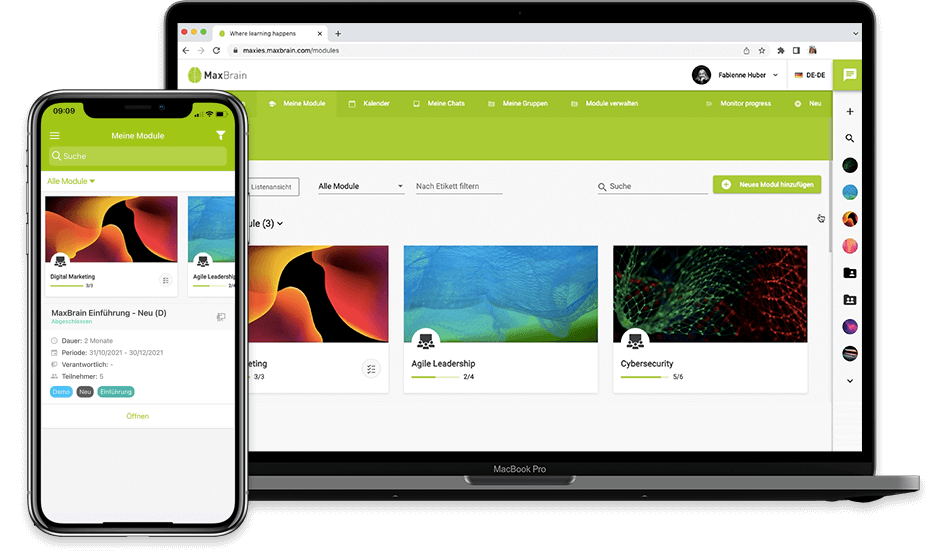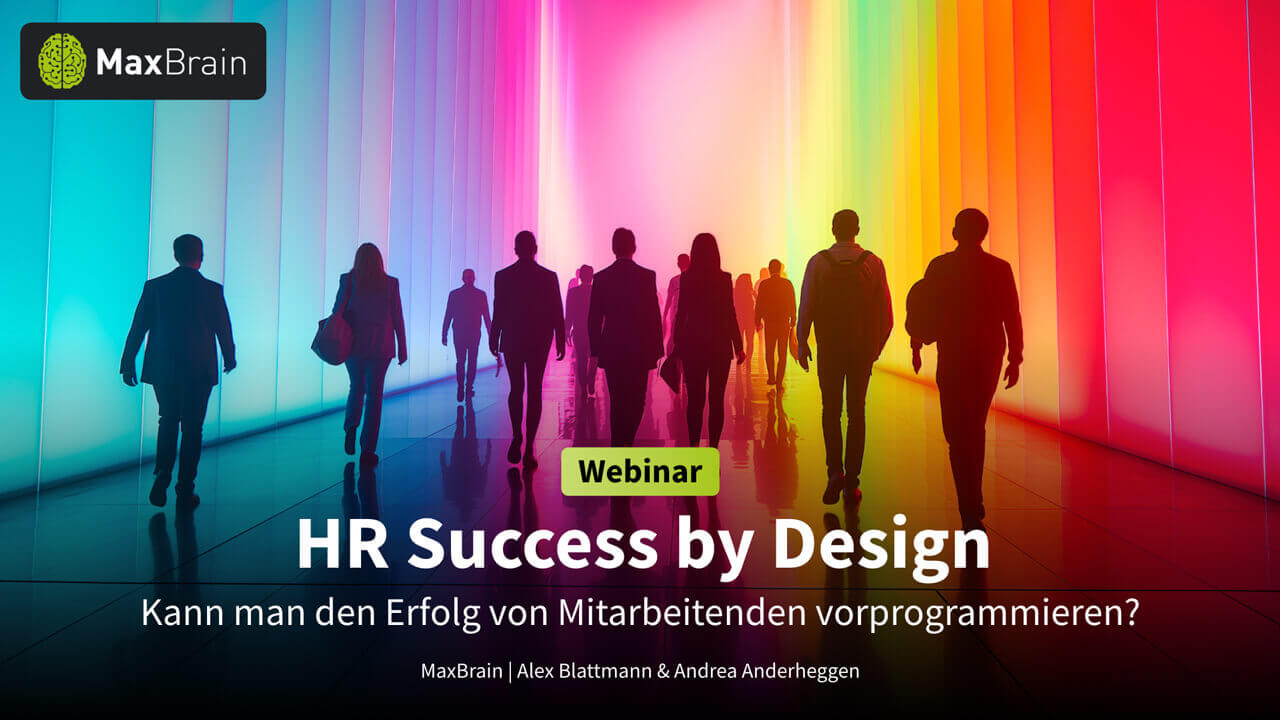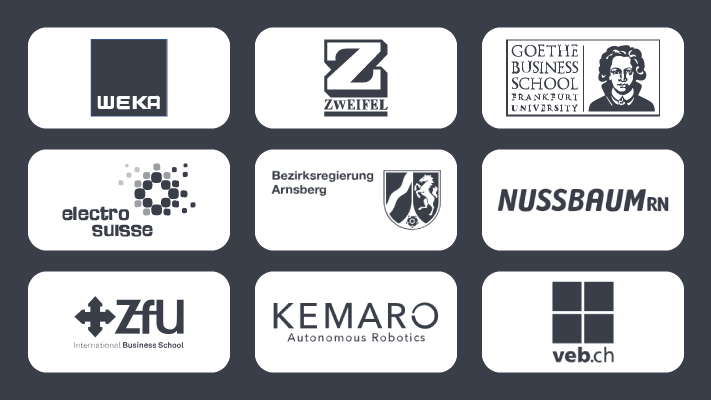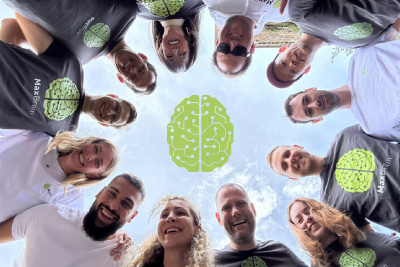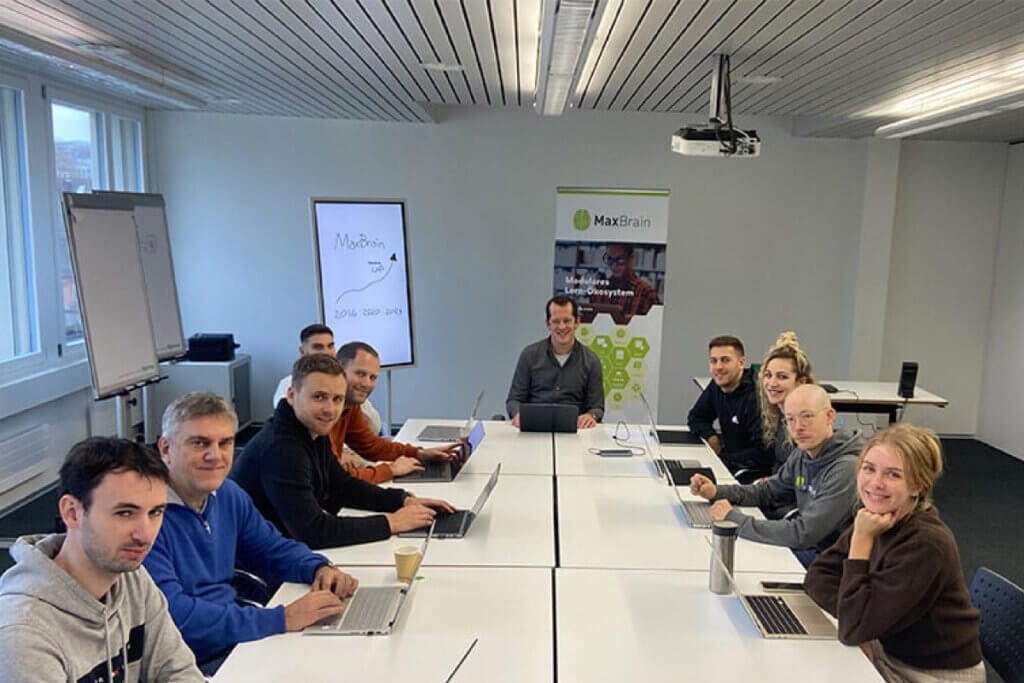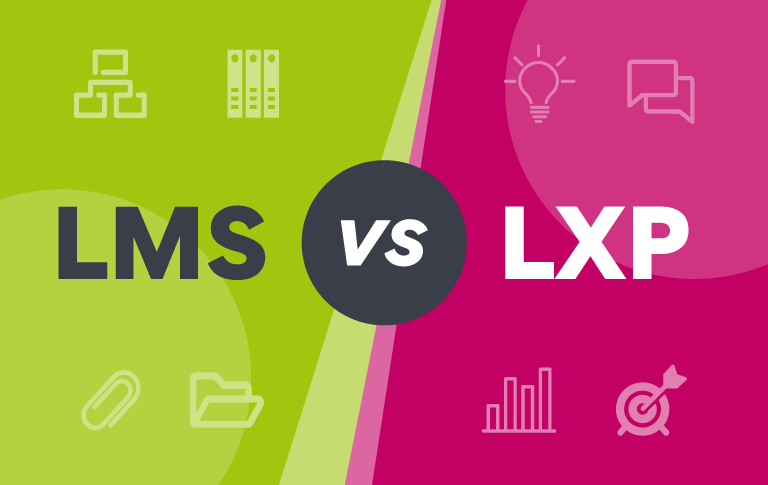Whether it's week 3 or 4 for you, the coronavirus pandemic (also known as COVID-19) has irrevocably changed our daily lives. When we eventually return to everyday life or "the new normal," what will it look like, especially in education and training?
School children around the world are still out of school, attending homeschooling with their parents and receiving daily lessons with their teachers online, if available. Universities are converting to virtual classrooms and lectures. Meetings and seminars are also in full swing as people strive for normalcy in extraordinary circumstances like these. Our streets may be empty, but Internet traffic is stronger than ever. Technology has become the unsung hero (and of course our healthcare workers, but hopefully you applaud them regularly), and one technology has proven to be a great asset to the learning community - video conferencing.
The nationwide lock-down
March 13, 2020 - The Swiss federal government orders temporary closures of schools and universities nationwide to slow the spread of the coronavirus. It is also asking for solidarity from businesses so that parents can work from home if possible to avoid placing children with their grandparents, who are among the high-risk groups.
Quick solution
School and university administrators are scrambling to find solutions to continue educational activities. Some already have contingency plans and are able to switch to fully online classes almost immediately, while most are forced to shut down for a week or two to find possible and workable solutions. Google Hangouts, Microsoft Teams and Zoom are pioneers in video conferencing technology, the quick solution to transition from traditional to virtual face-to-face teaching.
Sustainable change with uncanny potential
While Zoom offers one of the most robust and ideal video conferencing solutions that solves face-to-face teaching, learning is much more than just a teacher or professor in front of you feeding you information like a one-way street. The early evidence is already in and shows that even the most engaged and disciplined adult learner will struggle to focus and absorb eight hours of face-to-face instruction on a screen, whether the subject is leadership or accounting. Not to mention the professor who has to relay this information to multiple students, keep up the energy and engagement of users who are probably still in their pajama pants, asking questions and trying to make sure everything is running smoothly with the technology.
Already, important steps are being taken to resume the business of teaching once the crisis is over. Now is the right time to go back to the drawing board and evaluate how online and distance learning can be made even more effective. What works about face-to-face instruction that is not as effective in an online environment? After all, how differently do secondary and vocational students, high school students, or college and university students learn, and how can we maximize their learning experience by enhancing their experience with educational technology that is already available? There are platforms that offer these holistic learning experiences for the different types of schools that not only include face-to-face instruction with Zoom, but also allow for more flexible and innovative instruction by incorporating videos, learning assessments, live quizzes, and e-learning. Doesn't it then make more sense to take a serious look and invest the time in building sustainable and impactful courses? These are all essential questions to ask, because whether we like it or not, the pandemic has uprooted education as we know it and thrust us into a bold, new and lasting digital future of learning. We've had to respond quickly to this sudden circumstance, but we can now act wisely to decide what that future should look like.
Digital learning will never and should never completely replace physical learning in the classroom, and schools and universities will soon reopen and be full of curious students again. But blended learning will be the new norm, not the exception. All in all, a shift to digital learning as rapid and complete as we are seeing today is bound to have lasting impacts. All of these impacts will affect those who are already familiar with it, those who are just getting started, and those who have not yet had the opportunity to engage with it. We are talking about everyone involved, from students to teachers, professors, program managers, deans, and the board, who will be taking a step forward so suddenly and so drastically.
Back in 2003, SARS accelerated e-commerce to new heights in China. One day, we'll look back at this very moment in history, when the coronavirus catapulted remote work and digital learning into a time we would have had to wait another decade for without the pandemic outbreak.
We want to help
In these uncertain times, we offer a special support package to help you continue your courses and seminars on a platform that incorporates the best of digital learning and the most interactive video conferencing technology at a discounted price. Learn more here.
